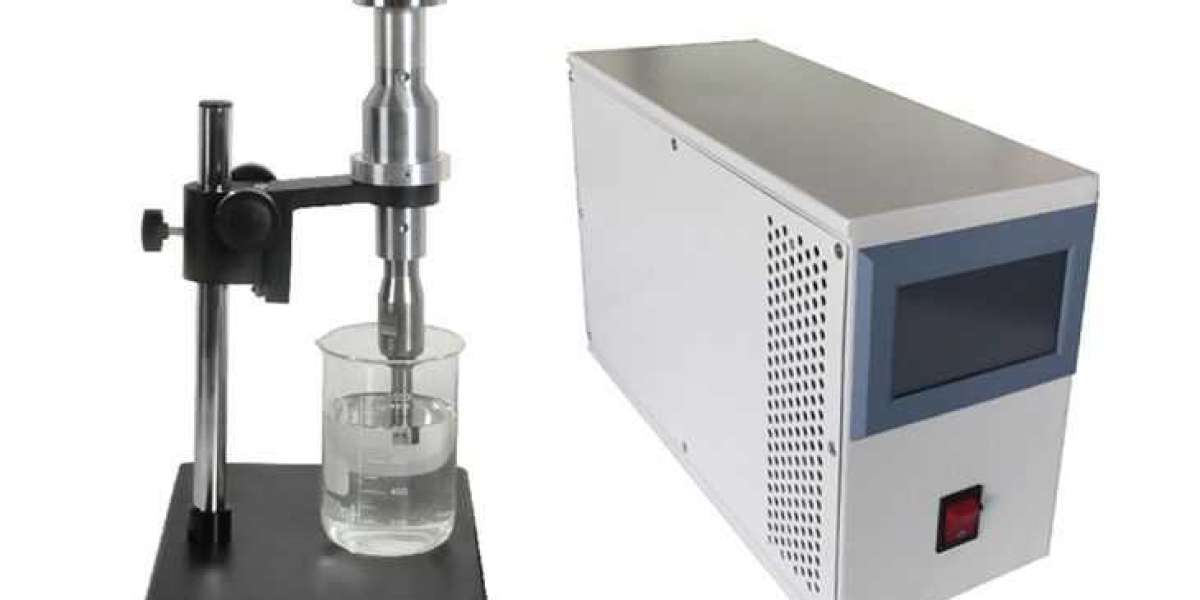In the realm of industrial printing, two prominent technologies often come into play: thermal transfer printing and direct thermal printing. While both methods are widely used, they serve different purposes and have distinct advantages and disadvantages. This article aims to provide a comprehensive understanding of the difference between thermal transfer and direct thermal printing.

What is Thermal Transfer Printing?
Thermal transfer printing involves the use of a ribbon coated with ink. When the printer head heats up, it transfers the ink from the ribbon onto the label material. This method is known for producing durable and high-quality prints that can withstand harsh environments.
“Thermal transfer printing is ideal for applications requiring long-lasting labels, such as asset tracking and product identification.”
Advantages of Thermal Transfer Printing
- High durability and resistance to environmental factors.
- Wide range of compatible materials, including paper, polyester, and polypropylene.
- Excellent print quality and clarity.
What is Direct Thermal Printing?
Direct thermal printing, on the other hand, does not use a ribbon. Instead, it relies on heat-sensitive paper that darkens when exposed to the printer head's heat. This method is often used for short-term applications, such as shipping labels and receipts.
“Direct thermal printing is cost-effective and straightforward, making it suitable for temporary labeling needs.”
Advantages of Direct Thermal Printing
- Lower operational costs due to the absence of ribbons.
- Simplified printer maintenance.
- Quick and efficient printing process.
Key Differences Between Thermal Transfer and Direct Thermal Printing
When deciding between these two printing methods, several factors should be considered. The difference between thermal transfer and direct thermal printing lies primarily in their durability, cost, and application suitability.
Durability
Thermal transfer prints are more durable and can withstand exposure to sunlight, chemicals, and abrasion. In contrast, direct thermal prints are more susceptible to fading and damage over time.
Cost
Direct thermal printing tends to be more cost-effective in the short term because it eliminates the need for ribbons. However, thermal transfer printing may offer better value for long-term applications due to its durability.
Application Suitability
Thermal transfer printing is suitable for applications requiring long-lasting labels, such as asset tracking and product identification. Direct thermal printing is ideal for temporary labeling needs, such as shipping labels and receipts.
Conclusion
In summary, understanding the difference between thermal transfer and direct thermal printing is crucial for selecting the right technology for your industrial printing needs. While thermal transfer printing offers durability and versatility, direct thermal printing provides a cost-effective and straightforward solution for short-term applications.
For more detailed information on specific products, you can refer to the Thermal Transfer Printer and Direct Thermal Printer from our product catalog.
References









